PRODUCTS
CONTACT US
Ningbo Nide International Co., Ltd.
一一
· Contact person:Jack Zeng
· Mob/Whatspp/WeChat:0086-13738869026
· Email:emarketing@nide-group.com;marketing4@nide-group.com
· Add:No. 169, Wohushan Road, Daqi Subdistrict, Beilun District, Ningbo, China
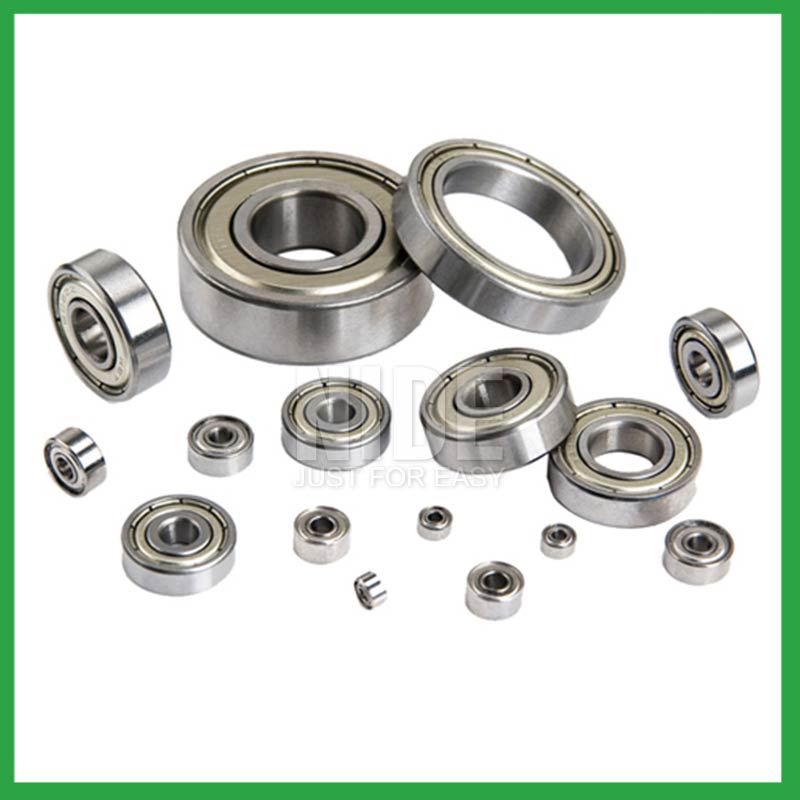
Nide team could manufacture ball bearing as per customer’s drawing and samples.
If customer only has samples, we could also design drawing fo r our customer.
We also provide customized service.
Our ball bearing is widely applied the different industrials.
Ningbo Haishu Nide International is located in Ningbo City, Zhejiang Province. It is a high-tech enterprise that integrates research and development, application, production, and sales. Mainly producing high-performance motor cover and lamination,ball bearing,commutator,carbon brush,thermal protector,shaft, etc. The product has a series of characteristics such as oil-free self-lubricating, wear resistance, corrosion and rust resistance, acid, alkali, salt and gas corrosion resistance, no magnetic and electrical insulation, high temperature and cold resistance, light weight, etc. It is widely used in industries such as single and three phase induction motor,water pump motor,fan motor,electric bicycle motor,air condition motor,servo motor,washing machine motor.
By ceaselessly improve our quality and, our products win high praise for our favorable price, excellent service and timely delivery. No matter before or after sales, from quality to price, we have the complete and professional management system.
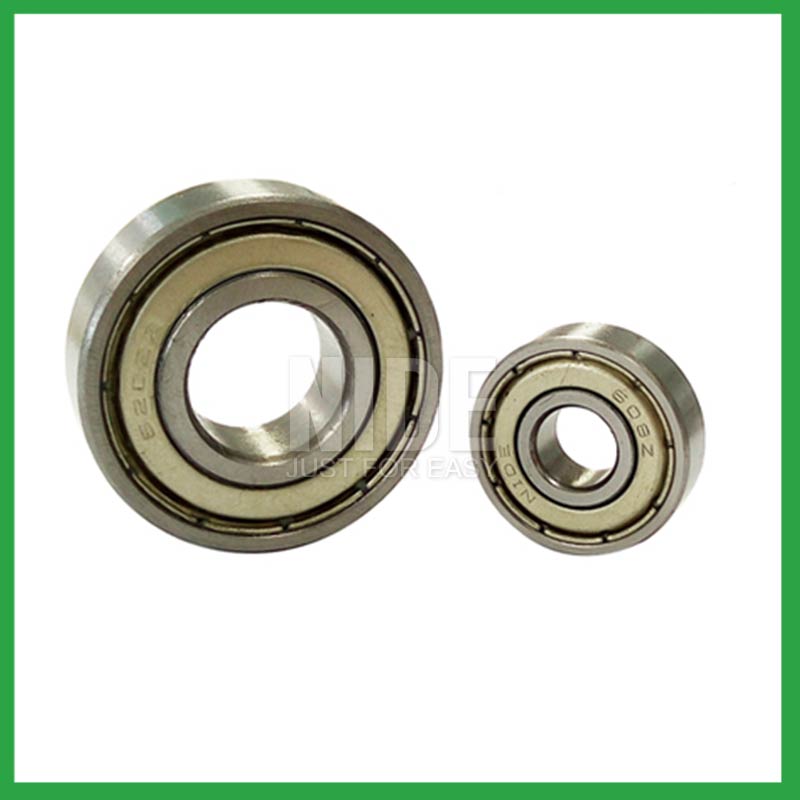
| Parameter | Information |
|---|---|
| Product Name | ball bearing model chemistry |
| Brand Name | NIDE |
| Place of Origin | Ningbo,Zhejiang,China |
| Material | chrome steel, etc. |
| Structure | Deep Groove |
| Color | Customized Color |
| Delivery Time | 5-7days |
| Port | Ningbo/Shanghai |
| Export region | Asia,America,Oceania |
| Export Country | India,Brazil,South Korea,Zimbabwe,Bhutan,Cook Islands,Cameroon...etc |
| Application | fan electric motor, etc. |
| OEM/ODM | Yes |
| Size | Customized size |
| Stock | In Stock |
| Feature | Good wear resistance,Simple structure...etc |
| MOQ | 10 pieeces(Specific according to the model) |
| Certification | ISO9001,CE-insulation paper inserting machine,CE-stator coil forming machine,etc |
| Supply Ability | 100000-500000 Piece/Pieces per Month |
| Lubricate | Oil Grease |
| Packaging Details | Suitable for sea transportation |
| Lead time (days) | 15-20 (To be negotiated) |
Please note: The above table data is for reference only. For specific information, please contact us.
ball bearing model chemistry require thrust for installation, which can be achieved by using a combination ring made of steel sleeve and transmission rubber, or by using an adjustment plate to tighten the bolt to form a combination ring installation structure.
Before use, the model, size, and design of the ball bearing should be confirmed to ensure suitable application;
During installation, the installation load of the ball bearing should be minimized as much as possible to avoid unnecessary damage;
The bearing shaft and the bearing frame should be stable at the same time to avoid excessive tension.
Ball bearings have many advantages, making them highly competitive in the market.
Firstly, they are very durable and have good wear performance, making their service life longer than many other types of bearings.
Secondly, they are easy to install and can provide low friction performance in various applications.
Thirdly, they require a relatively low level of maintenance, making them cost-effective.
In addition, compared to many other types of bearings, their purchase cost is relatively low, making them an economical choice.
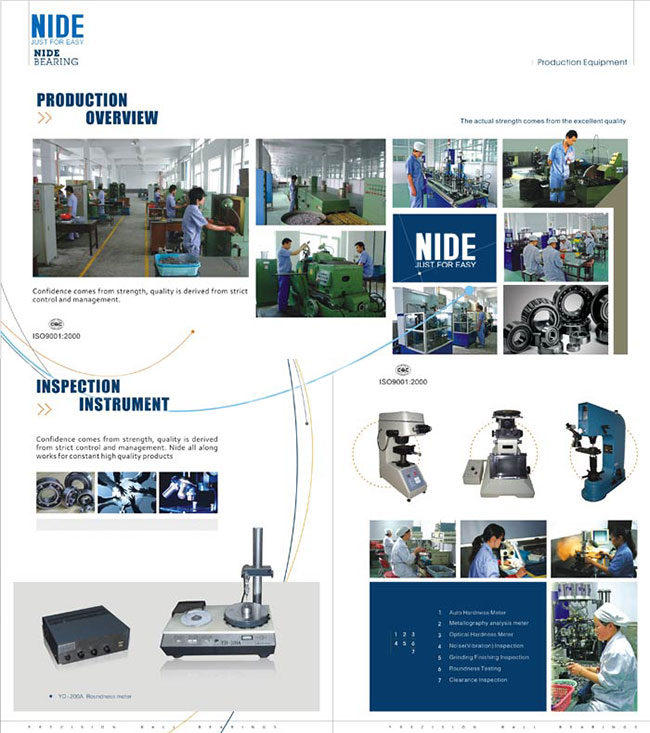
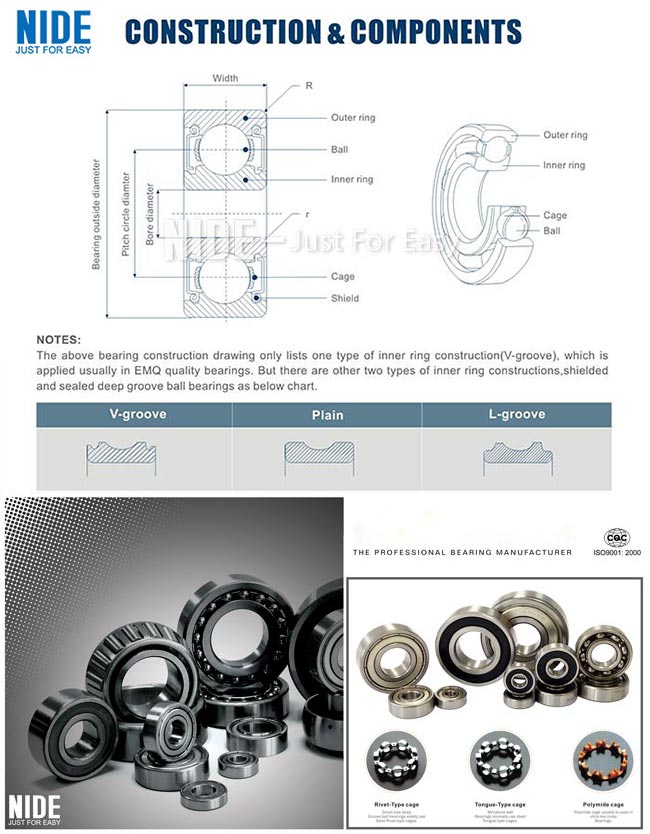
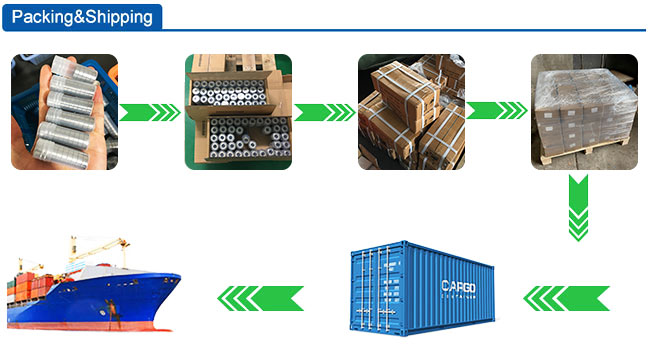
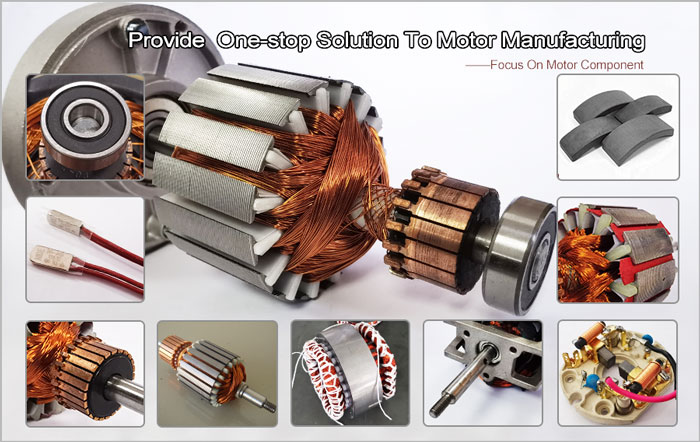
ball bearing model chemistry---FAQs Guide
2.How do manufacturers address concerns related to bearing noise and vibration in sensitive equipment?
3.What are the considerations for choosing between open, shielded, or sealed ball bearing model chemistry in specific applications?
4.As a ball bearing model chemistry manufacturer,Your product certifications?
5.Are there hybrid ball bearing model chemistry that combine steel rings with ceramic balls to optimize performance in demanding applications?
6.How do sealed ball bearing model chemistry prevent the ingress of contaminants and extend the bearing's service life?
7.Are there ongoing research and development efforts aimed at improving ball bearing model chemistry materials, designs, and lubrication techniques?
8.Can ball bearing model chemistry be customized with special coatings or treatments to meet specific industry standards or regulatory requirements?
9.Are there miniature ball bearing model chemistry designed for use in precision instruments and small-scale mechanisms?
10.What are the common materials used in ball bearing model chemistry manufacturing?
11.About ball bearing model chemistry,What about the lead time?
1.Can ball bearing model chemistry handle shock loads and high-impact conditions in heavy machinery?
As a general rule, ball bearing model chemistry are used at higher speeds and lighter loads than are roller bearings. Roller bearings perform better under shock and impact loading. Ball bearings tolerate misalignment better than roller bearings do. Roller bearings can handle heavy combined radial and thrust loads.
2.How do manufacturers address concerns related to bearing noise and vibration in sensitive equipment?
From a ball bearing model chemistry manufacturing perspective, a low noise or vibration rating is achieved by paying attention to the surface finish of the raceways and balls, their roundness, and selecting the correct cage design. Finely filtered low noise greases can also be used to reduce vibrations.
3.What are the considerations for choosing between open, shielded, or sealed ball bearing model chemistry in specific applications?
While sealed bearings offer superior protection and maintenance advantages, shielded ball bearing model chemistry can be more suitable in situations where minimal friction and operating temperature are crucial. It's essential to assess the operational environment and demands before making a selection.
4.As a ball bearing model chemistry manufacturer,Your product certifications?
ISO9001:2015 certificate,ISO 9001 Certification,CE-stator,etc.
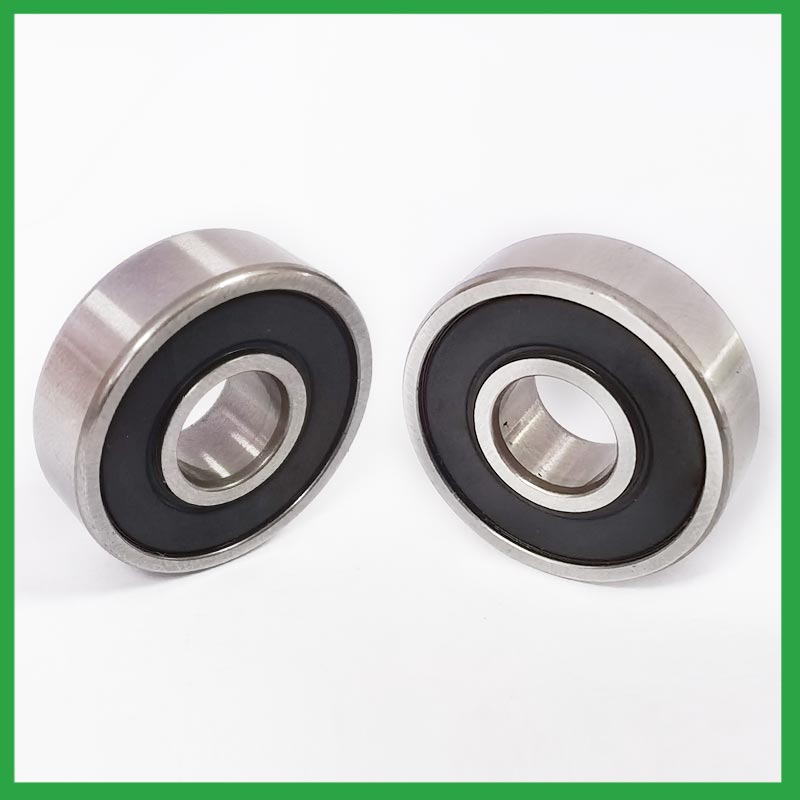
5.Are there hybrid ball bearing model chemistry that combine steel rings with ceramic balls to optimize performance in demanding applications?
Hybrid Ceramic ball bearing model chemistry. Ceramic ball bearings (also known as hybrid bearings) are the one component that'll easily optimize the performance of your application. Hybrid bearings have ceramic (silicon nitride, Si3N4) balls and 52100 bearing steel rings.
6.How do sealed ball bearing model chemistry prevent the ingress of contaminants and extend the bearing's service life?
Contact seals are a type of seal where the sealing lip physically touches the inner raceway of the ball bearing model chemistry. They create a narrow line or zone of contact that forms a barrier to prevent the escape of lubricants and the ingress of contaminants. Because the seal keeps dirt and other contaminants out, it can offer a longer operating life of the bearing or prevent premature bearing failure. Sealed bearings can be considered lubricated for life, which eliminates the need for a relubrication process.
7.Are there ongoing research and development efforts aimed at improving ball bearing model chemistry materials, designs, and lubrication techniques?
A custom ball bearing model chemistry can satisfy almost any customer’s needs. Your application may need a needle roller or ball bearing, a radial or angular contact design, a plain carbon steel bearing with anti-corrosion coatings or stainless steel, a thrust bearing or a spherical bearing, tight or loose radial play, sealed or non-sealed designs
8.Can ball bearing model chemistry be customized with special coatings or treatments to meet specific industry standards or regulatory requirements?
Yes, ball bearing model chemistry can be customized with special coatings or treatments to meet specific industry standards or regulatory requirements.
1. Corrosion-resistant coatings: These coatings are used to protect the bearings from corrosion caused by exposure to moisture, chemicals, and other corrosive substances.
2. High-temperature coatings: These coatings are used to improve the thermal stability and performance of bearings in high-temperature environments.
3. Food-grade coatings: These coatings are specially designed for applications in the food and beverage industry, where bearings come into contact with food, beverage, or pharmaceutical products.
4. Anti-static and non-conductive coatings: These coatings are used to dissipate static electricity, which can cause damage to electronic components.
5. Specialized lubrication treatments: Bearings can be treated with specialized lubricants that meet specific industry standards or regulatory requirements.
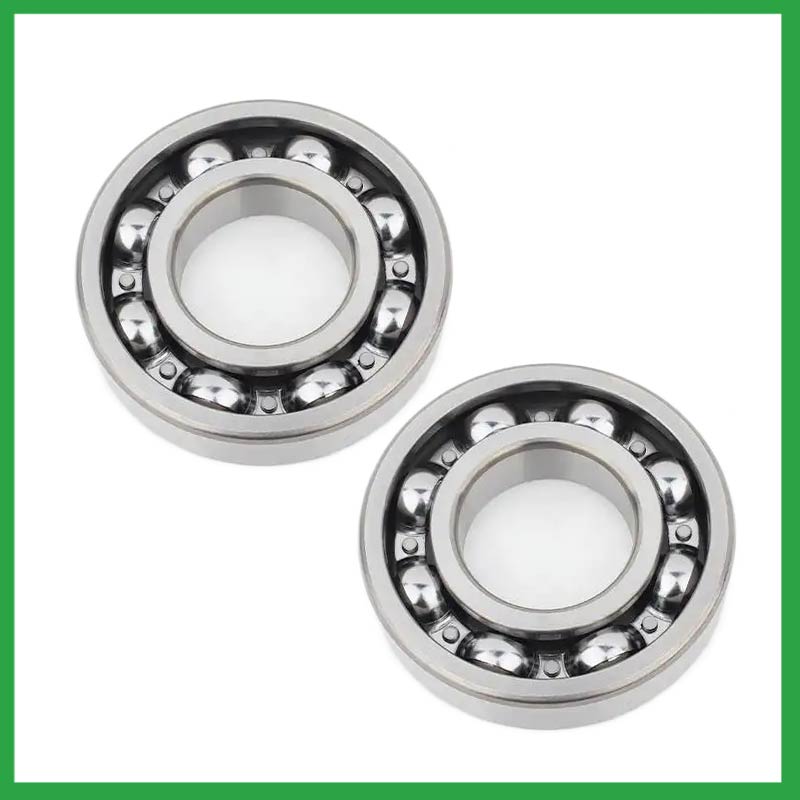
9.Are there miniature ball bearing model chemistry designed for use in precision instruments and small-scale mechanisms?
Miniature bearings, despite their small size, play a significant role in various industries and applications. These compact powerhouses, typically measuring less than one inch in outer diameter, offer exceptional precision, durability, and reliability. Miniature bearings find extensive use in precision instruments and robotics.
10.What are the common materials used in ball bearing model chemistry manufacturing?
Most ball bearing model chemistry are made of a type of steel known as high carbon chromium steel, often called chrome steel. This is used for reasons of cost and durability. Bearings are also made from other materials such as stainless steel, ceramics and plastic.
11.About ball bearing model chemistry,What about the lead time?
3-7 days for samples, 3-4 weeks for mass production.

